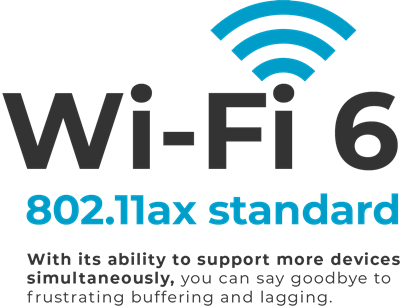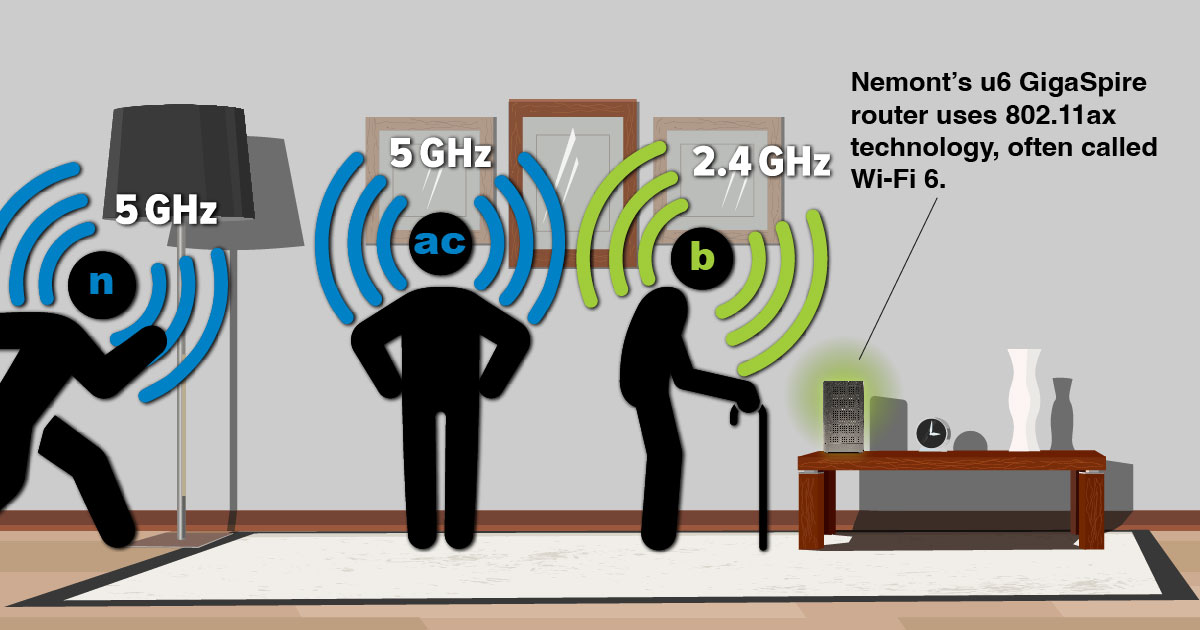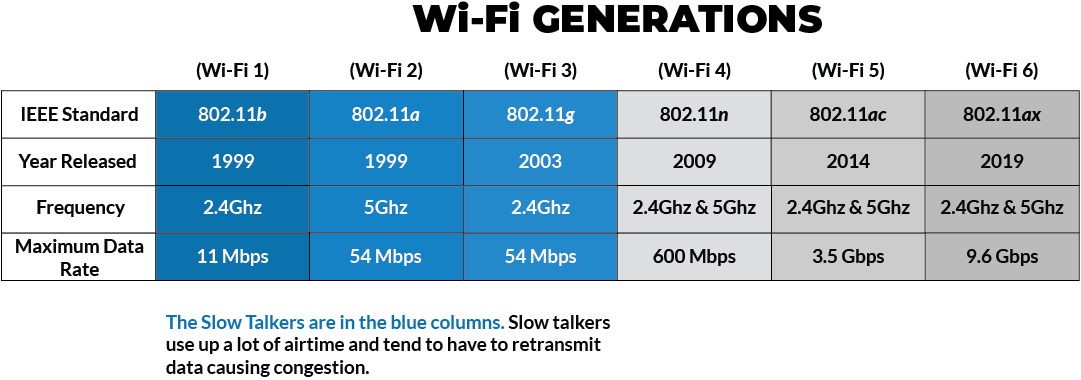-
Residential Services
- Internet
- Wireless
- Phone
- Nemont.TV
- Business Services
- Customer Center
- 'How To' Videos
- Careers
-
Announcements
- Nemont Announces 2023 Scholarship Winners
- Helping Dr. Haley Menge improve Patient Care with Nemont Fiber High-Speed Internet Connectivity
- From Fiber to Field
- Sagebrush Cellular selects Ericsson to modernize its network with 5G capabilities
- Nemont Announces Scholarship Recipient
- Nemont Recognized at NTCA ‘Marketing eXcellence Awards’
- BAND: Caring for Communities Across North Dakota
- Nemont acquires Parsec Data Management, Montana's premier full-service Tier 3 Data Center
- COVID-19 Statement
- Nemont receives 2020 BroadbandNow Annual Internet Service Provider awards
- Fact Sheet: 988 and Suicide Prevention Hotline
- About Us
- Contact Us
- QUESTIONS? CALL: 1-800-636-6680
- WEBMAIL
- BLOG
- 4G VOICEMAIL
- MY ACCOUNT
How Do Your Older Devices Affect Your Internet Speed?
Uncover the fascinating journey of Wi-Fi technology, from its humble beginnings to the lightning-fast speeds of Wi-Fi 6, and see how it revolutionized our wireless world.
All Wi-Fi devices, including routers, laptops, tablets, smartphones, smart TVs, and other smart home devices, use 802.11 wireless standards to connect to the Internet.
Wi-Fi operates at 2.4 GHz or 5GHz and transmits data using radio waves. Your Wi-Fi router changes these waves based on the data sent using protocols. These Wi-Fi protocols are known as 'IEEE 802.11
The term Wi-Fi stands for IEEE 802.11. However, the Wi-Fi Alliance, a non-profit organization with the Wi-Fi trademark, sought a more user-friendly term. The Wi-Fi Alliance hired Interbrand, a brand consulting agency, to develop a trademark to promote IEEE 802.11 technology.
Interbrand knew that calling high-speed wireless networks' IEEE 802.11' would not work. The name had to be memorable and roll off the tongue. The idea came from another widely accepted concept, high fidelity. High fidelity is the reproduction of sound with a degree of faithfulness to the original. The trademark 'Wi-Fi' was born.
Since adopting the term Wi-Fi in 1999, IEEE 802.11 has continued to evolve. Older versions of 802.11 include 802.11a, 802.11b, and 802.11g. Devices using 802.11a, b, or g take more time to communicate. These versions are known as the slow talkers.
Version b (Wi-Fi 1), released in early 2000, led to the adoption of Wi-Fi.
802.11b devices, in particular, transmit much more slowly. Version b conversations take up the airwaves and force modern, faster devices to wait longer for a break to communicate. Wi-Fi has much faster speeds since version b.
Older devices (version b) that use Wi-Fi 1 technology need an interpreter - their way of transmitting data is much slower, at 11 Mbps. Compared to Wi-Fi 6, which transfers data at 10-12 Gbps, it's like putting a tortoise in a race against a cheetah.
The next time you experience slow internet speeds, it could be due to an older 'b' device trying to talk to your router.

Wi-Fi 6, also known as 802.11ax, is the next generation of wireless technology that promises faster internet speeds, improved performance, and enhanced reliability. With its ability to support more devices simultaneously, you can say goodbye to frustrating buffering and lagging.
Wi-Fi 6 is designed to be backward compatible, meaning it works seamlessly with your existing devices. So whether you have a trusty laptop from a few years ago or a beloved smartphone that has served you well, you can still enjoy the benefits of Wi-Fi 6. Wi-Fi 6 transmits data differently. Nemont's u6 GigaSpire router uses Wi-Fi 6 technology.
Whether you're a tech enthusiast, a business professional, or simply someone who enjoys seamless connectivity, Wi-Fi 6 is here to transform your online experience. Stay ahead of the curve and embrace the future of wireless technology with Wi-Fi 6.

